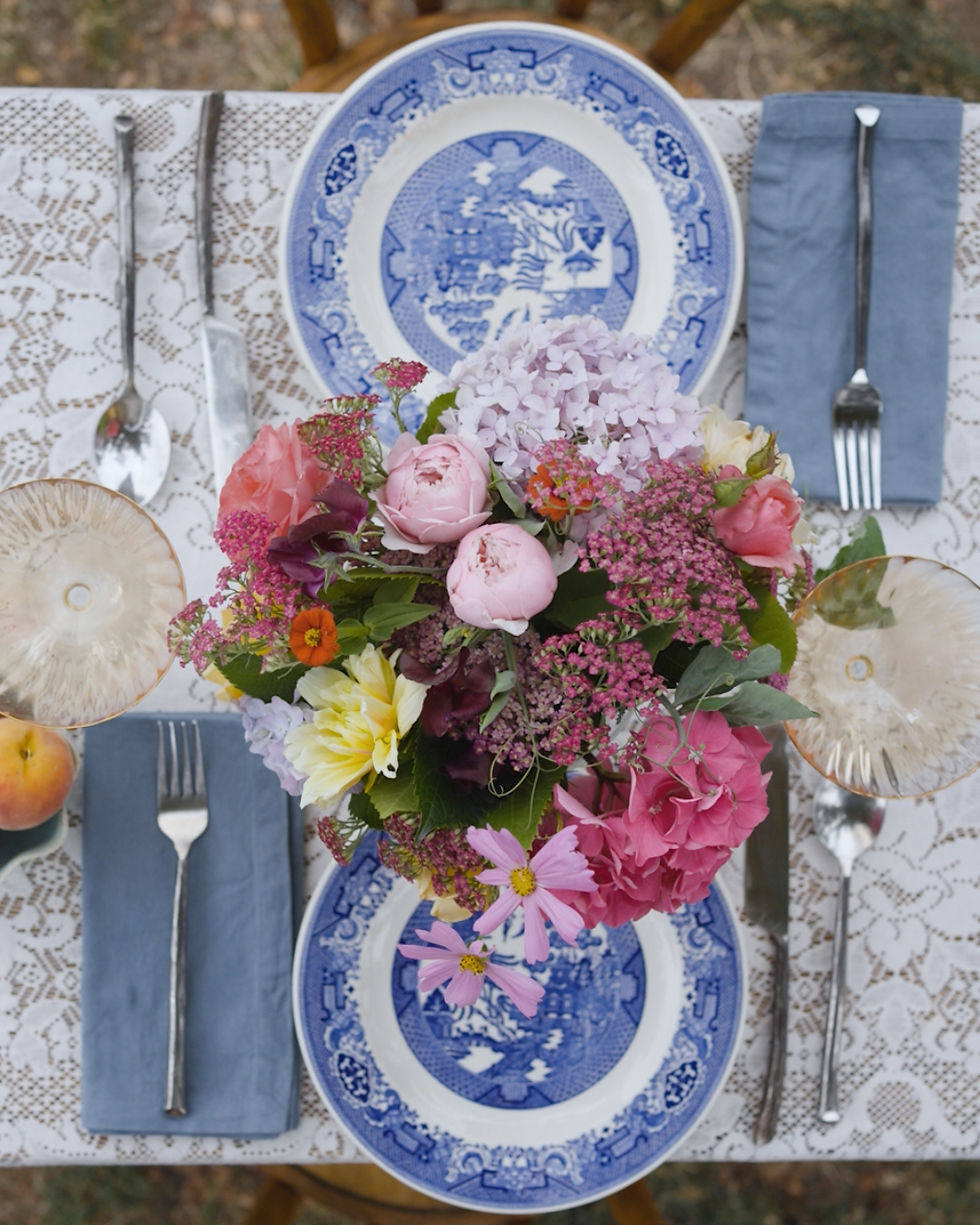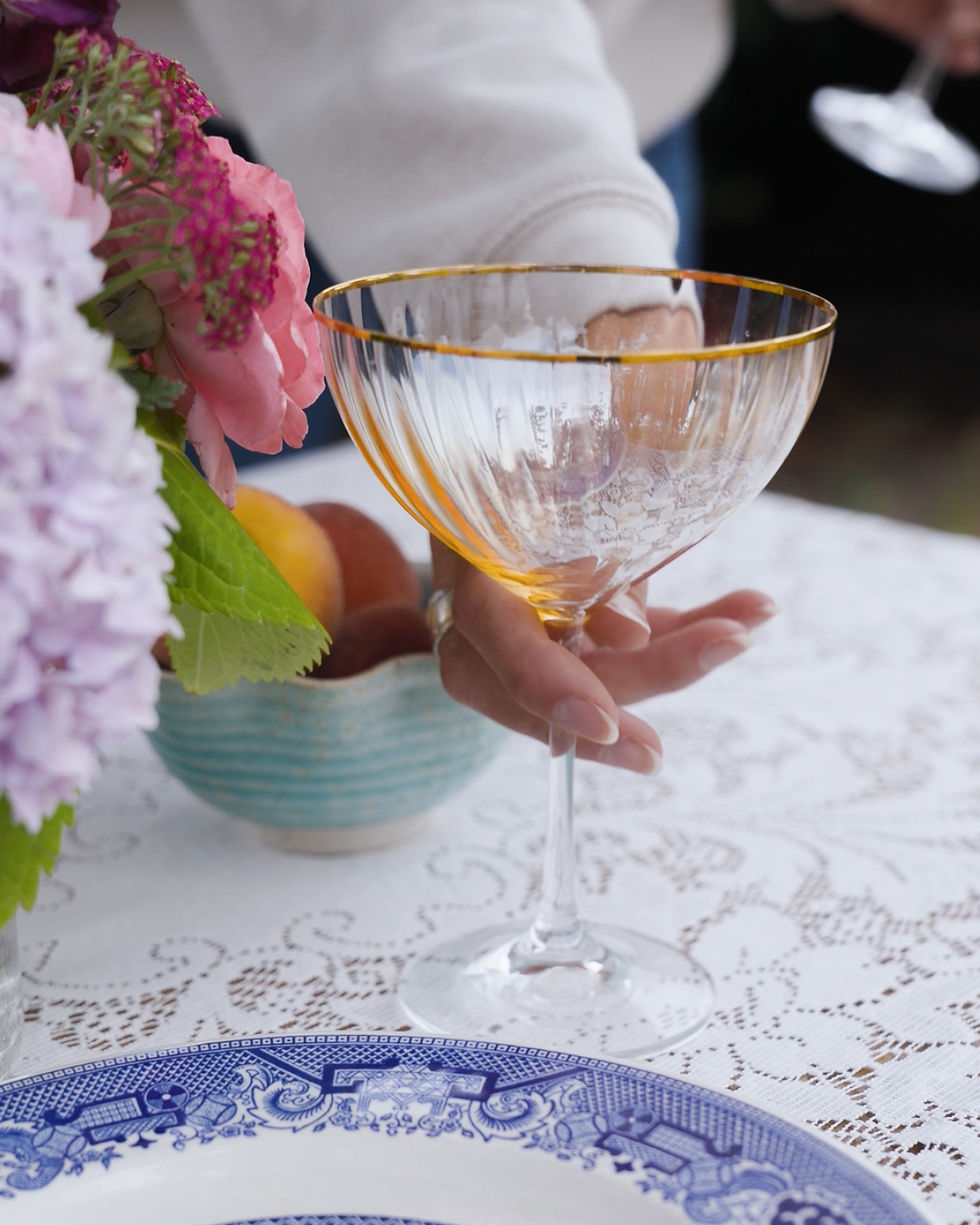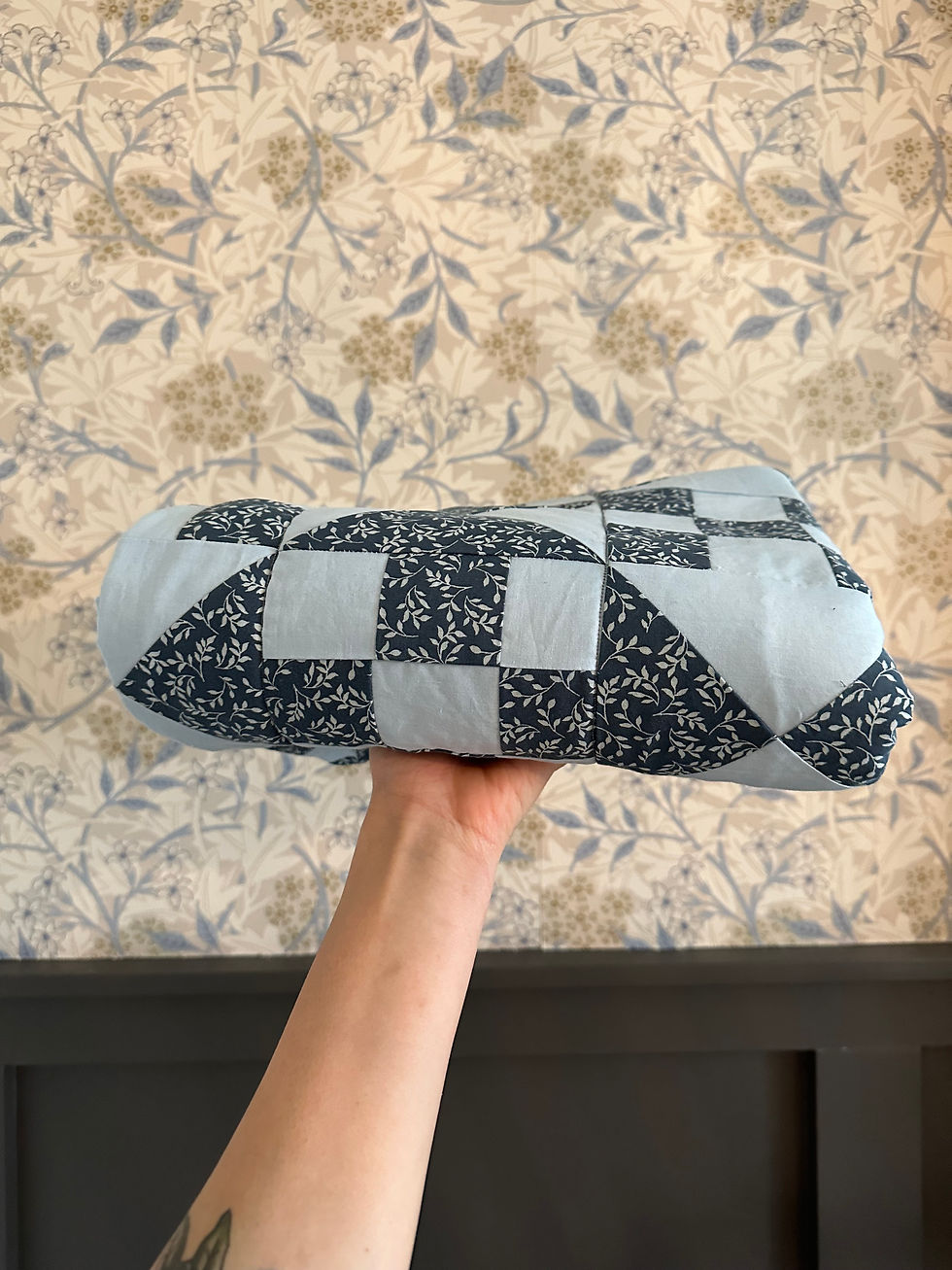The Art of Setting the Table: A Legacy Worth Passing Down
- Nina Rocha

- Jul 25
- 5 min read
Updated: Aug 18

Here at Hoagland House, hospitality is more than just opening our doors—it’s sharing the things we cherish most: our home, our friendships, good food, and the quiet rituals that make life feel deeply rooted and meaningful.
One of those rituals? Setting the table.
It may seem small in a world that’s always rushing, but we believe deeply that creating a beautiful, intentional space to gather—whether for a simple supper or a festive feast—is a way of honoring the people around us. It’s also a chance to preserve a tradition that’s been passed down for generations.
In our home, the girls have taken over the task of setting the table each night. It’s the very same chore I was often given as a child—one I looked forward to more than any other. I remember carefully laying out each place setting while my mother worked in the kitchen, preparing one of her delicious homemade meals. Now, I watch my own daughters take pride in creating a space where we sit down together, give thanks, and enjoy one another’s company. It’s a beautiful full-circle moment.
Whether you’re just starting out or looking to elevate your dinner table for guests, knowing how to set the table properly is one of those legacy skills that never goes out of style. Let’s walk through the three most common styles—basic, informal, and formal—and break down each one step by step.

Our Everyday Table Setting
This is what we use most often at home, especially during weeknights. It’s simple, practical, and still sets a thoughtful tone for the meal.
Here’s how we do it:
Dinner plate: Place it in the center of the setting.
Napkin & fork: Lay the folded napkin to the left, then place the fork on top. (A tip from my mother: both “left” and “fork” have four letters—an easy way to remember!)
Knife & spoon: On the right, place the dinner knife closest to the plate, blade facing inward, followed by the spoon.
Water glass: Set slightly above and to the right of the plate—about where 1 o’clock would be on a clock face.
The Informal Table Setting
For slightly more elevated dinners—think birthdays, holidays, or a cozy Sunday roast—you might opt for an informal table setting. It starts with the basics: a dinner plate, napkin, fork (to the left), knife and spoon (to the right), and a water glass.
From there, add a few thoughtful touches:
Stacked plates: Place a salad plate and soup bowl on top of the dinner plate.
Wine glass: Set just to the right of the water glass if serving wine.
The key to an informal table is simplicity and intention. Only set the utensils and glassware you’ll actually use—no soup, no soup spoon; no dessert, no dessert fork. These small choices keep the table approachable, beautiful, and functional, allowing your family and guests to enjoy the meal without feeling overwhelmed.
The Formal Table Setting
When the occasion calls for elegance—perhaps a dinner party, holiday gathering, or special celebration—a formal table setting brings a sense of old-world charm and refinement. Yes, it includes a few more pieces than a basic setting, but don’t let it overwhelm you. Once you understand the layers, it’s simply a matter of thoughtful placement.
Here’s how to do it step by step:
Tablecloth: Start with a crisp, ironed cloth.
Charger & soup bowl: Place a charger at each seat, with a soup bowl centered on top.
Bread plate & butter knife: To the upper left (around 10–11 o’clock), place the bread plate. Lay the butter knife horizontally across it, blade facing in toward the plate, handle pointing right.
Forks: On the left of the charger, lay a napkin (or, optionally, place it on the charger at the start for a polished look). Place the salad fork on the outside, and the dinner fork closer to the plate.
Knife & spoon: On the right, place the dinner knife with the blade facing in, followed by the soup spoon. Space flatware about ½ inch apart, with bottoms aligned.
Dessert utensils: Place the dessert spoon above the charger, handle pointing right. If using a dessert fork instead, you may place it horizontally above the charger, handle pointing left.
Glasses: Directly above the knife, place the water glass. The white wine glass sits slightly lower and to the right of the water glass, while the red wine glass goes slightly above and to the right of the white wine glass.
Salt & pepper shakers: If using individual shakers, place them just above the dessert utensil. Otherwise, center them on the table—or at each end for longer tables. Place cards, if using, go directly above the dessert utensil.
Course progression: Once the soup course is finished, clear the bowls and replace them with salad plates. After the salad, remove the charger (unless you prefer to serve the main course on it from the start). The goal is never to leave the place setting bare—each layer builds anticipation and beauty for the meal to come.

The Finishing Touches
If you’re adding a centerpiece, keep it simple and low so everyone can see and connect with one another across the table. Aim for arrangements no taller than eye level—think a few candles, a small vase of seasonal blooms, or a modest bowl of fruit. Narrow and centered works best, leaving plenty of space for plates, utensils, and conversation, while still adding that thoughtful, inviting touch that makes a meal feel special.
Make It Personal (and Beautiful)
Setting the table should feel like a joyful extension of your home—one that honors the season you're in and the people you're gathering with. Whether it’s a simple weekday meal or a special celebration, there’s something sacred about slowing down to create a space that feels warm and inviting.
And yes, this is your sign to finally pull out that beautiful china you've been collecting (or the heirloom pieces tucked away in a cabinet). I’ve been known to thrift or collect a few new-to-me pieces here and there, and I love mixing and matching them with what I already have. It doesn't have to be perfect—it just has to be heartfelt.
Setting the table might feel like a lost art in today’s fast-paced world, but it’s one of those small acts that carries great meaning. Whether it’s for your family on a Tuesday night or a group of dear friends gathered for a celebration, a thoughtfully set table says, “You’re welcome here. You’re worth the effort.”
So don’t wait for a special occasion. Make tonight the occasion. Because home is where the table is set with love.
Here are a few of my favorite pieces I reach for often.
👉 You can shop them below:
Disclaimer: some of the links we share are affiliate links, which means we may earn a small commission (at no extra cost to you) if you make a purchase. We’re grateful for your support—it helps keep Hoagland House running and allows us to keep sharing the things we love.









Comments